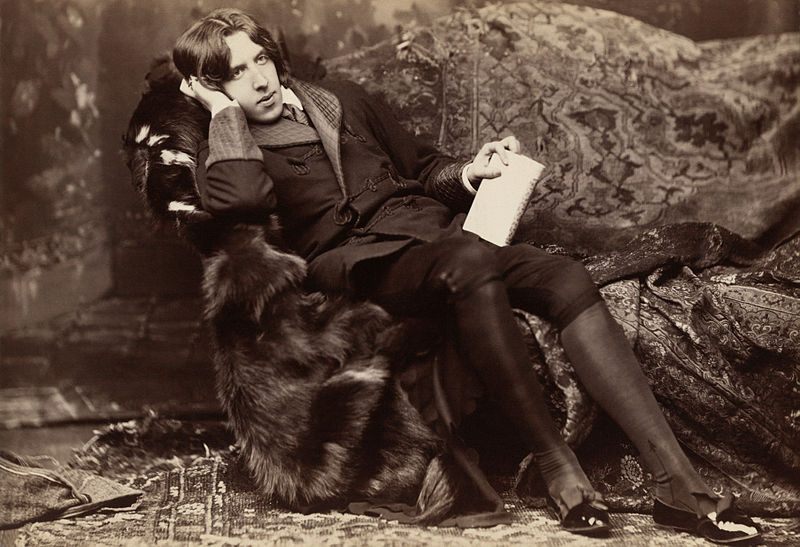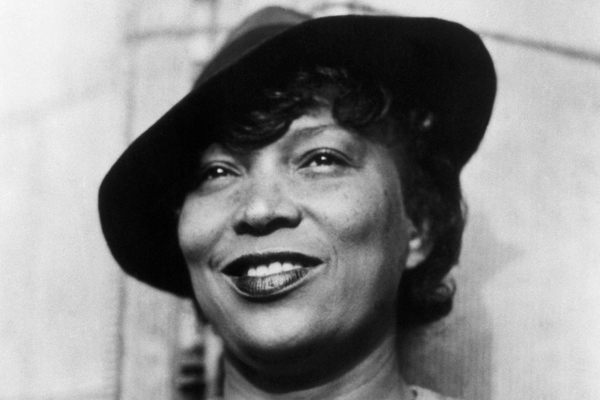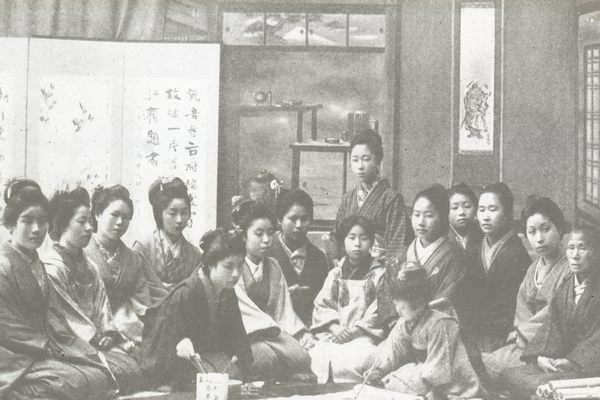The Strange Secret Behind the Tragic Deaths of Oscar Wilde’s Half-Sisters
The fiery 1871 fate of the famous author’s family was successfully hushed up for years.


As a literary genius and master of wit, Oscar Wilde has fascinated the world since he first started writing. There is one area of his life, however, which remained in obscurity until the 1940s, and which continues to be a mystery: The horrifying death of his half-sisters.
The existence of Emily and Mary Wilde, the illegitimate daughters of Sir William Wilde, was kept hidden from most of the world. However, they still enjoyed considerable social standing and were often invited to events by Ireland’s high society.
On October 31st 1871, the sisters were enjoying themselves at one such event. The Hallowe’en party was hosted by a man named Andrew Reid at the Drumacon House in Ireland. Everything was a success right until the end of the party when the host asked one of the sisters—most likely Mary—to one last dance around the ballroom. In a dark twist of fate that turned a night of joy into a tragedy, Mary got too close to the candlesticks and her dress caught on fire.
Panic ensued. The remaining guests screamed in wild terror as Emily dashed to her sister in an attempt to put out the fire. The attempt did not only prove futile, but also deadly, as Emily’s dress also caught on fire.
Here, accounts vary. Some say that Reid put his coat around the sisters and pushed them down the stairs, then made them roll around in the snow until the fire was out. In other accounts, he carried the sisters outside to the snow, and yet in others, they fled down the stairs themselves and rolled onto the dirt (which is much more feasible than there being snow in November). The facts remain that the fire was put out, but not before both sisters had acquired third degree burns in large portions of their bodies.

After the incident, the sisters endured prolonged extreme physical and psychological pain. Little could be done to save their lives, but their injuries took weeks to bring about their inevitable death. Mary died on November 9th and Emily on November 21st.
Now, if the story had died there, it would have merely been a gruesome tale of an unfortunate incident. But the accident was hushed and kept in obscurity for around 70 years, covering it with an irresistible shroud of mystery.
There was only a small death notice on the Northern Standard in its November 25th, 1871 edition:
DIED
At Drumaconnor, on the 8th inst. Mary Wilde
At Drumaconnor, on the 21st inst. Emma Wilde
Such a tiny notice was not customary for well-to-do families of the time, but its discreteness succeeded in not drawing attention to the events.
When it comes to investigating the case, however, one detail does draw attention—the change of Emily’s name to Emma. One could probably chalk this up to a simple mistake if the names of the sisters weren’t repeatedly changed on other official records.
Luckily, some dedicated scholars and authors have investigated the matter. In her book Wildefire, written in 2002, Heather White details the life and death of the sisters. Her investigation organized the scattered accounts of the events.
A year later, Theo McMahon shed more light onto the tragedy in his 2003 report for Clogher Record. In it, he provides details of the coroner’s report on both deaths, revealing that their last names had been changed to Wylie. Their first name was not just changed, but completely omitted, as they are simply called Miss M Wylie and Miss L Wylie. One could guess that the M refers to Mary and the L refers to Emily. However, the report would then contradict the death notice and parish records, which list Mary as having died first. On the coroner’s report, Miss M Wylie died on November 22 (another contradiction) from injuries sustained from helping her sister, so this had to be Emily.

The real question is, why would the coroner willingly change facts in two official reports? And why would an official report not require the first name of a victim? The answer, it seems, lies on Sir William Wilde himself. As a prominent doctor with a reputation to upkeep, he did not want the news of his illegitimate children and their ghastly death to spread.
We do not even know whether Oscar Wilde ever knew of his sisters’ existence. What we do know, however, is that Sir William Wilde wrote a note to the constable to ask him not to tell Emily of her sister’s death, so as to not aggravate her already fragile state. He also convinced him not to make an inquest on to the affair, and merely make an inquiry—a shorter investigation that required no witness statements. It could be stipulated, then, that he might have also asked the constable to change both of the names, as well as his own.
It seems as Sir William’s efforts to keep the affair private—even from his family—were worth it, given the obscurity which shrouded the events for decades. The next mention we find of the incident is in T.G. Wilson’s biography of William Wilde published in 1942. In it, there are details of a 1921 letter by J.B Yeats, W.B Yeat’s father. He knew of the incident because he had once been told the story by an old friend.
The tragedy had by then become part of the oral history of Dublin society, and had evolved into multiple accounts. Add this to Sir William’s active efforts to confuse information, and it is no wonder that so much of the story is elusive and contradictory.
To bring even more intrigue into the story, several accounts claim that for years after Mary and Emily’s death, a mysterious woman cloaked in black would visit their graves. No one ever knew who she was, and she would disclose nothing except her being intimately close to the victims. This mysterious woman in black also appears on Oscar Wilde’s personal writings as the enigmatic figure who visited his father on his deathbed. This elusive piece in the puzzle may or may not be an embellishment of oral history.

We may never have the small details right, but by bringing the story to light, people seem to think, we honor the sisters in their death. Perhaps this is why years later an epitaph was erected at the graveyard of St. Molua’s church in Drumsnat in their honor. It reads:
In Memory of
Two loving and beloved Sisters
EMILY WILDE aged 24
and
MARY WILDE aged 22
who lost their lives by accident
in this parish in Nov 1871.
They were lovely and pleasant in
their lives and in their death they
were not divided
(II Samuel Chap. I, v 23)








Follow us on Twitter to get the latest on the world's hidden wonders.
Like us on Facebook to get the latest on the world's hidden wonders.
Follow us on Twitter Like us on Facebook